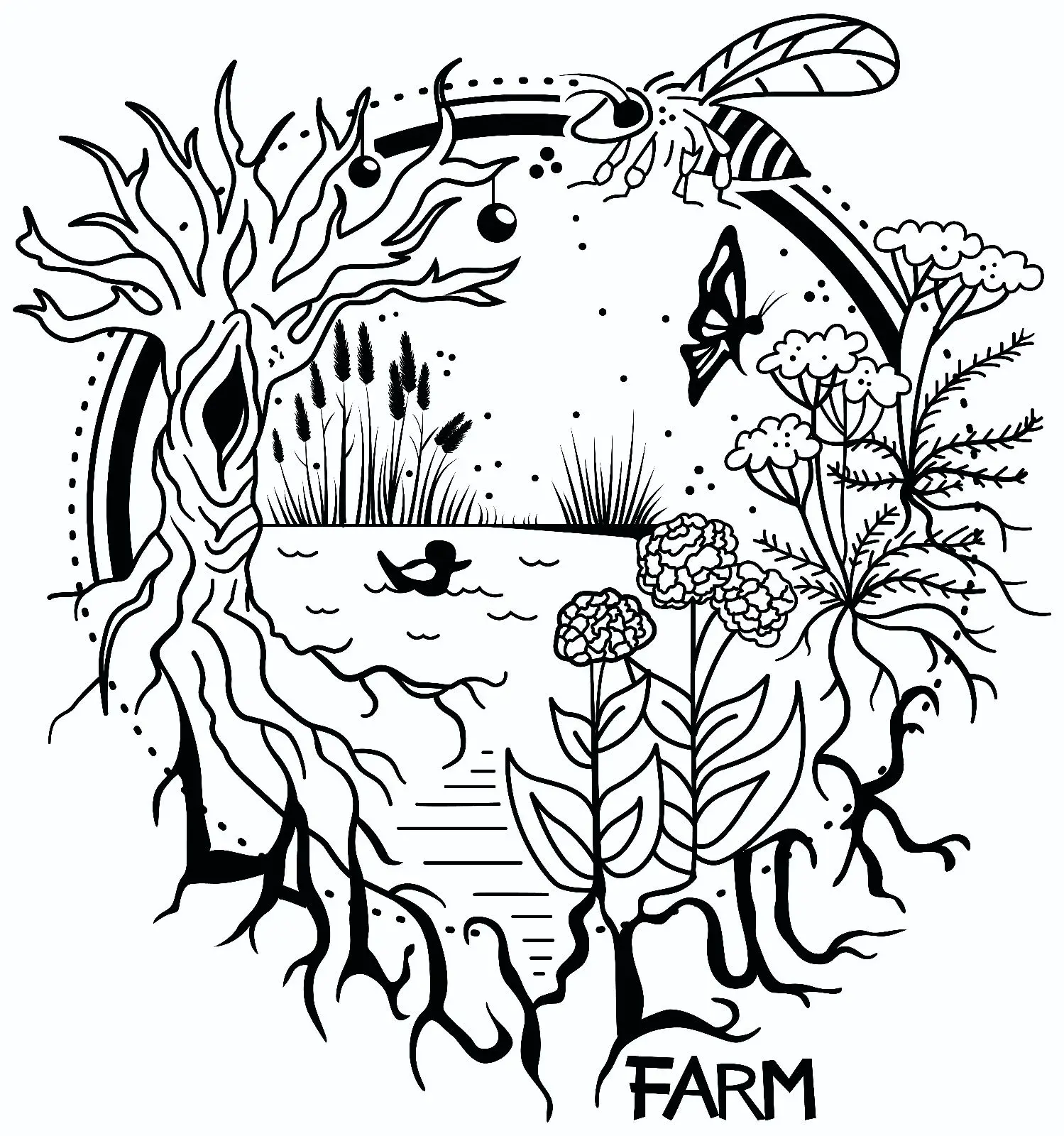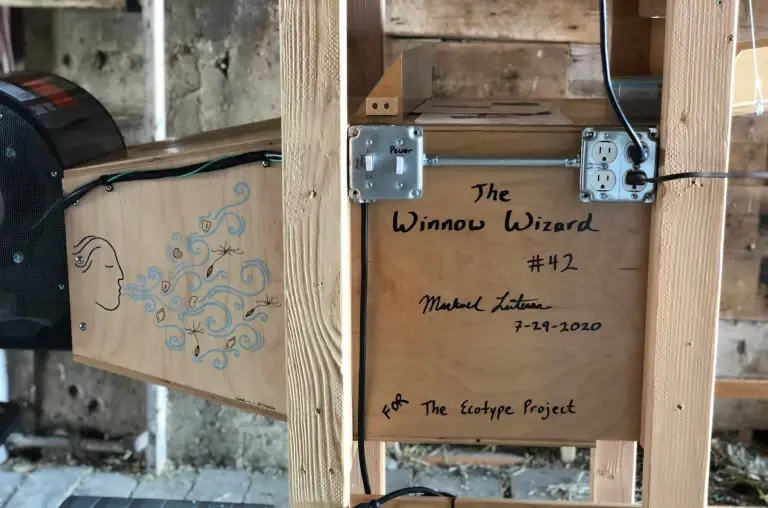- cross-posted to:
- reclamation@slrpnk.net
- cross-posted to:
- reclamation@slrpnk.net

This is a great article, and a huge issue in reclamation. Not like viable seed grows on trees… Wait. Fuck. We cut down the trees…
I’ve been part of major seed collection programs - it’s a slow process, but important. Trying to maintain genetic integrity for species in the region is also something that was considered, and as such we were only allowed to harvest from certain locations and needed a certain amount of each species at each location.
Planning disturbance and acknowledging the implications of the disturbance need to be at the forefront of our minds. You don’t get a 250 year old forest in any less time than 250 years, yet it only takes a day to clear it.

Happy to see the progress they’re making, and hopefully in the next few years we’ll be able to begin supplying seed from the hundreds of plants we’ve been planting on our property for the past few years. Some of the seeds we grow out have come from “improved” varieties of native plants (aspects like yield or fruit size, not foliage color) but we also collect from wild individuals on foraging trips and from other conservation minded folks who are also concerned about genetic bottlenecking in these plant populations.
We’ve also been a party to particular lines of seed being out of stock from seed purveyors within the time it takes to act on an “in stock” notification. It can be disheartening even when you’re on email lists from the state that show that there’s a focus on said species. Deep down you know that you’re on the same team (team restoration planting) but it sucks not being able to participate how you’d hoped. Here’s hoping for their success involving smaller growers to help pad out the work we all need to be engaged with.


